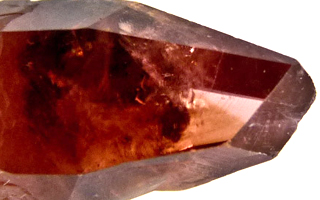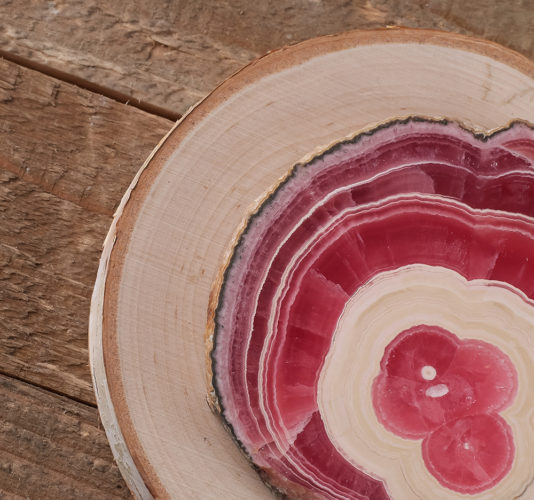How Does Rhodochrosite Form?
Rhodochrosite is a fascinating mineral, 99% due to the color and translucency that the best specimens showcase. In sharp contrast, the very closely related mineral Calcite can have the exact same forms of Rhodochrosite; however, a clear calcite rhomb is not going to be half of the price of a similar rhomb of juicy red Rhodochrosite.
When you take a look at the chemical formula for Rhodochrosite, MnCO3 you can see that it is the same chemical formula as calcite, CO3, simply with the additional ion of Manganese. Siderite and Smithsonite are also close relatives, with iron and zinc in place of manganese, respectively. Each of these minerals can be found in dozens and even HUNDREDS of different habits and crystal form. Rhodochrosite can exhibit dozens of habits.
Rhodochrosite is, by nature, typically found as rhombohedrons. Less commonly it can be found as crystals with hexagonal form, or as scalenohedrons. It can be found as a crystalline druze and also in a bubbly botryodial form. When it is found as stalactites, it is worth a considerable amount of money, as these are the most popular items for lapidary use. With a hardness of 3.5-4, it is somewhat soft, but hard enough to be found in jewelry, polishes easy, but also scratches with a knife or steel edge. It has a glassy luster in crystal form and can be fibrous or stiny in massive varieties.
When polishing Rhodochrosite be careful to avoid shocking heat changes, as cleaving can occur. Because of the soft nature, when grinding cabochons, use fine sanding wheels, typically starting on 225-300. When polishing use tin oxide on leather. Faceted stones are uncommon, hard to cut and command a premium price.


